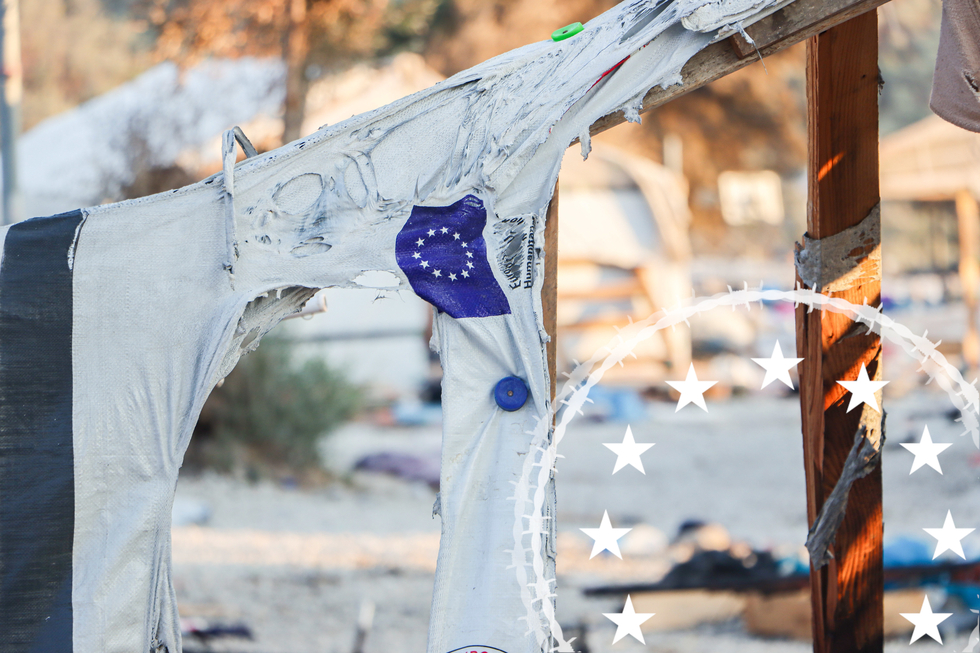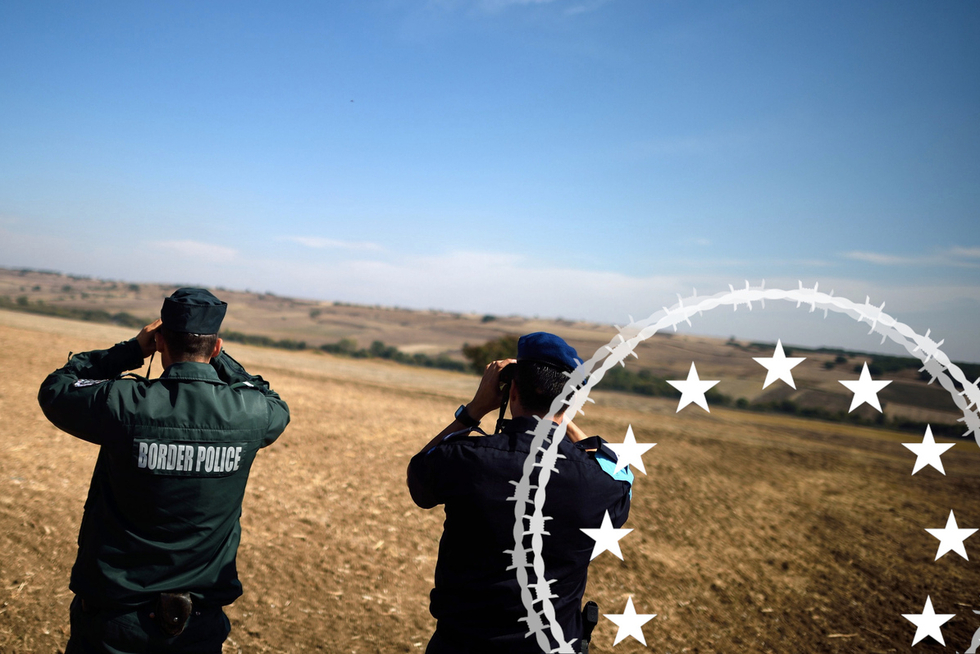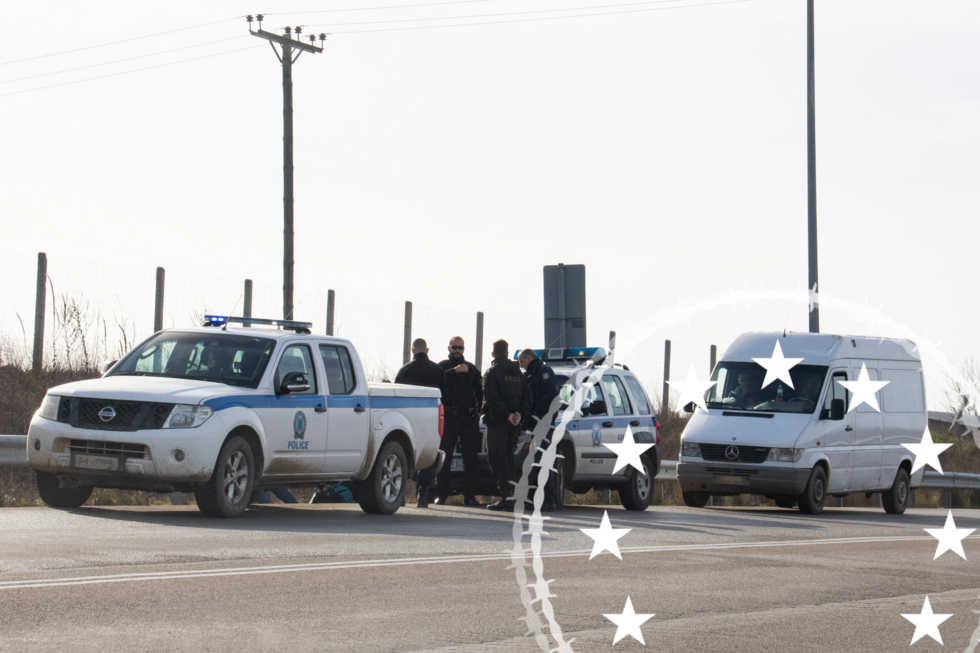The EU’s New Pact on Migration and Asylum: A Step Forward or More of the Same?

The European Union's New Pact on Migration and Asylum has been heralded as a major reform aimed at resolving the deep-rooted problems of the EU’s migration system. But while its ambition is undeniable, the real question is whether it will deliver the fairness and solidarity it promises—or merely recycle the same flawed approaches under a new guise.
To get to the core of this question, the Friedrich-Ebert-Stiftung, the Foundation for European Progressive Studies and the European Policy Centre have analysed key aspects of the New Pact in our New Pact Series, consisting of 4 distinct studies. The main takeaways at a glance:
Breakthrough or Political Compromise?
At the heart of the New Pact is a redesigned Asylum and Migration Management Regulation (AMMR), which seeks to rebalance the unequal distribution of responsibility among member states. Historically, the so-called Dublin system has placed disproportionate pressure on southern EU countries, as they are often the first points of entry for migrants and asylum seekers. The New Pact introduces a flexible “solidarity mechanism,” compelling all member states to contribute, either through the relocation of asylum seekers, financial aid, or in-kind support. On paper, this is a breakthrough.
Yet, the new system retains the controversial "country of first entry" rule, which places the main responsibility for people in search of protection on border states. In other words, the fundamental inequity remains— states at the EU border will still process and host most asylum seekers, with other member states only stepping in through patchwork assistance. This is not the bold reimagining many had hoped for, but rather a political compromise aimed at appeasing more reluctant member states. Real solidarity, it seems, remains a distant dream.
The New European Solidarity Mechasnism: Towards a Fair Sharing of Responsibility Between Member States?
External Cooperation: A Risky Outsourcing Strategy
The external dimension of the Pact further complicates matters. While it encourages cooperation with third countries to prevent irregular migration and facilitate returns, this strategy carries significant risks. There’s a real danger that the EU will prioritize containment over protection, outsourcing its responsibilities to countries with questionable human rights records. The emphasis on limiting arrivals could lead to deals with unstable, unreliable or authoritarian regimes, risking human rights abuses.
This focus on externalizing migration management could backfire, not only harming vulnerable people but also undermining the EU’s goal of achieving a fairer and more resilient Common European Asylum System. However, this could be prevented if strong complementary measures are taken prior to and during the reforms' implementation.
Responsibility-Sharing or Shifting? Implications of the New Pact for Future EU Cooperation With Third Countries
A Crisis Response Full of Uncertainty
The newly adopted Crisis and Force Majeure Regulation sets out procedures for determining when a member state is facing a migration emergency and what should be done in response. While it promises more coordinated action in future crises, the details are murky. The regulation’s flexibility could lead to inconsistent applications, leaving legal ambiguities in how member states can temporarily suspend certain asylum procedures. This may provide swift solutions in emergencies, though it comes at the expense of legal certainty and potentially human rights. Considering this, the newly adopted rules do not suffice to future-proof EU crisis management.
To address possible challenges, exit strategies from any derogation need to be part of the crisis response from the start. All foreseen measures – not just derogations – should be considered, provided that they lead to an effective response on the ground while minimising the risks of rights violations and negative spillover effects for the EU.
The Crisis and Force Majeure Regulation: Towards Future-Proof Crisis Management And Responses?
Streamlining at the Cost of Protection?
Another key reform under the New Pact is the introduction of new screening and border procedures, designed to speed up the processing of asylum seekers at external borders. Whilst efficiency may be important, especially in the context of mixed migration flows, the accelerated timelines do raise concerns. Will asylum seekers get a fair hearing under these rushed procedures? Will there be adequate conditions and protections for those undergoing these processes?
In the drive for a "seamless" migration process, there’s a real risk that the EU will prioritize speed over the quality of asylum decisions, potentially leading to wrongful deportations or inadequate protection for those who need it most. The challenge will be balancing efficiency whilst ensuring compliance with international refugee and human rights law. This could be achieved by providing guarantees in relation to the deprivation of liberty and the protection of vulnerable applicants, as well as effective monitoring in the new system.
The New Screening And Border Procedures: Towards a Seamless Migration Process?
Conclusion: Political will is essential
The New Pact on Migration and Asylum will fundamentally impact the EU’s attempt to manage a highly divisive and complex issue. However, while it may provide some kind of responsibility sharing and better coordination between Member States, it falls short in addressing the deeper structural and political challenges facing the EU's Common Asylum System. True solidarity between member states remains elusive, the external dimension poses significant ethical risks, and the crisis management mechanisms could create more uncertainty than clarity.
In the end, the effectiveness of the New Pact will depend not on the reforms themselves, but on how committed member states are to making them work—and how willing they are to use their discretion and include complementary measures during the implementation process. Without political will and a stronger commitment to protecting human rights, the New Pact may become just another iteration of the EU’s ongoing migration struggles.


